
A new system to manage the way Blender 3D deals with Mesh objects is in development right now, and it`s called B-Mesh. Besides the control options that this new system will introduce to Blender, when it`s fully implemented, one of the highlights of the system will be the support for N-Gons. If you don`t know what an N-Gon is, a simple definition is that an N-Gon is a face with more than four sides. In Blender we can only use faces with either three or four sides for Mesh objects.
For some artists this is a real annoying limitation, because it makes the whole modeling process a bit harder. Every time a cut or division is made, to a face connected to other quad faces, it may result in triangular faces. In my opinion, with no N-Gon support we have to improve our skills as modelers and end out with more organized topology for all our models. With the support for N-Gons I fear that all new users will end up by creating a messy topology for most of their projects.
If you want to take a look on how B-Mesh works, there is a test build available at graphicall.org, the build is Windows only, and it is already using the Blender 2.50 core. Before you try to use it, there are a few important things to remember:
- It`s not possible yet to model in Blender 2.50
- The short cut keys are different for B-Mesh (here is a list of the keys for B-Mesh)
- Create a model in Blender 3D 2.49 and open it in the B-Mesh build, but don`t use important files, since it`s a test build there is a risk that the file is damaged.
How B-Mesh and the support for N-Gons can help architectural visualization artists?
To show how the support for N-Gons can change the way we create models for architecture, I have created a simple wall model and we will compare the representation in Blender 2.49 and with the B-Mesh System.
This is the model represented only with quad faces in Blender 2.49. Notice that we have to keep the mesh organized, in order to only use quads:
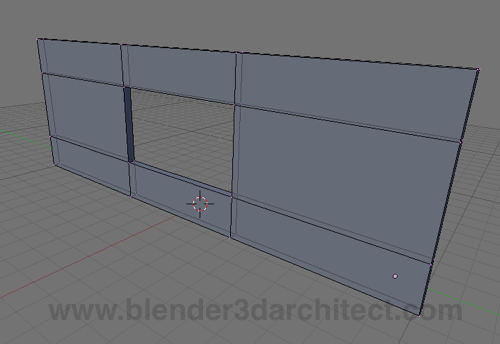
Now, the same model with the face converted to use N-Gons. This is a single Mesh and we have now two big faces using N-Gons. It will end up by creating a clean mesh with fewer edges.
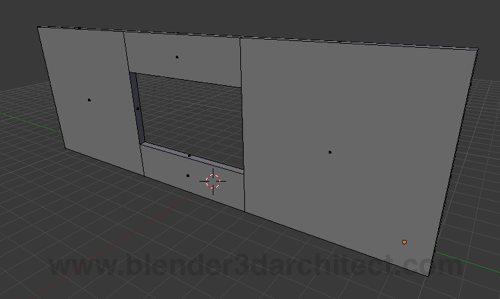
To convert faces to N-Gons, just select the faces and press the X key and choose Dissolve and the faces will be converted to N-Gons.
What about you? Do you think that N-Gons will add value to the Blender 3D modeling system? I do believe that it will make Blender friendlier to artists used to work on other 3d packages. If you want to know more about the project, visit the B-Mesh development blog.

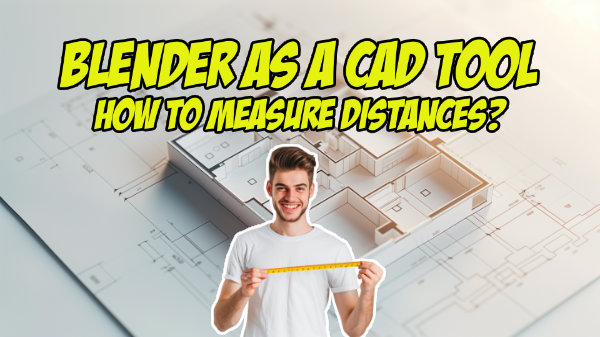
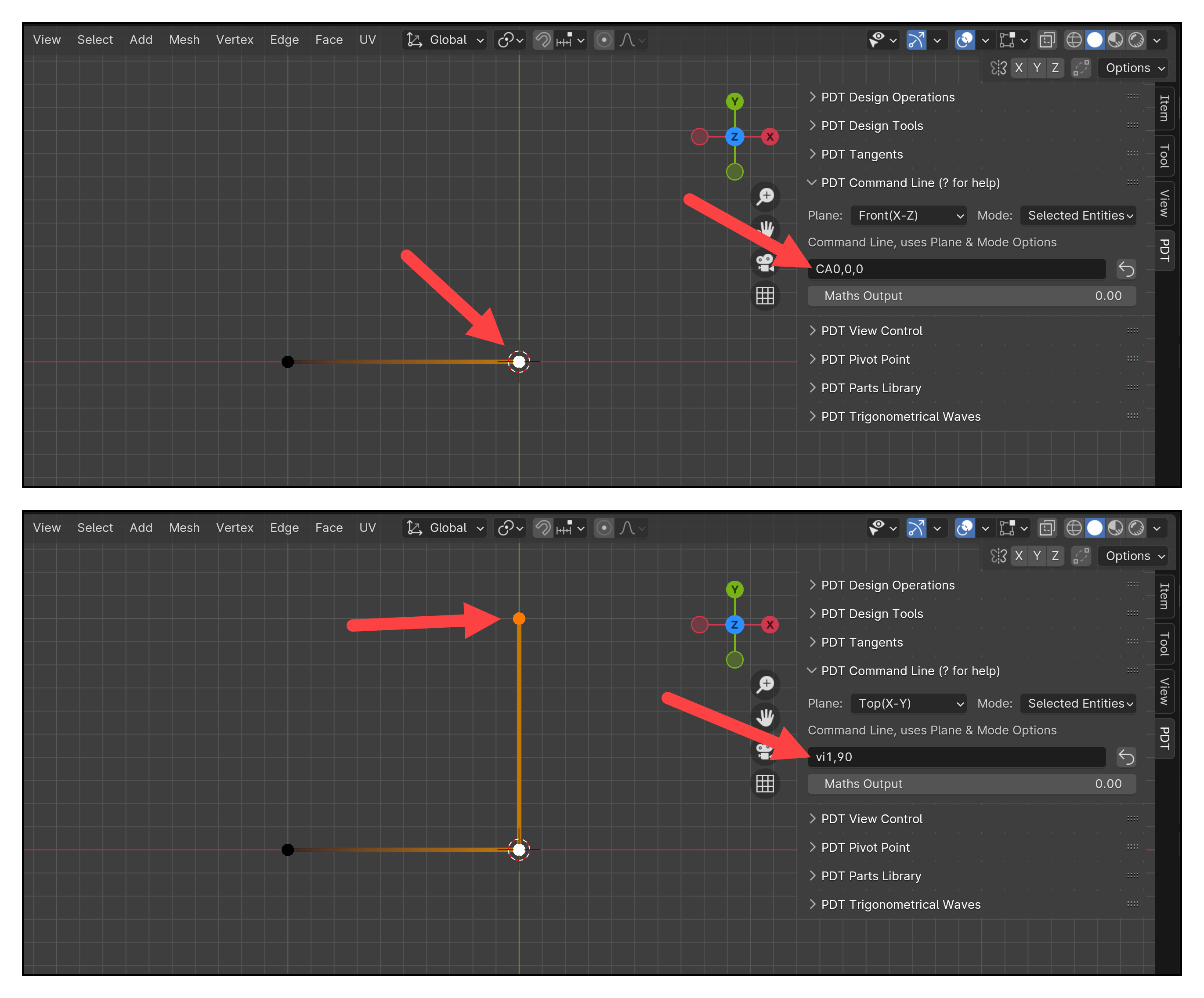
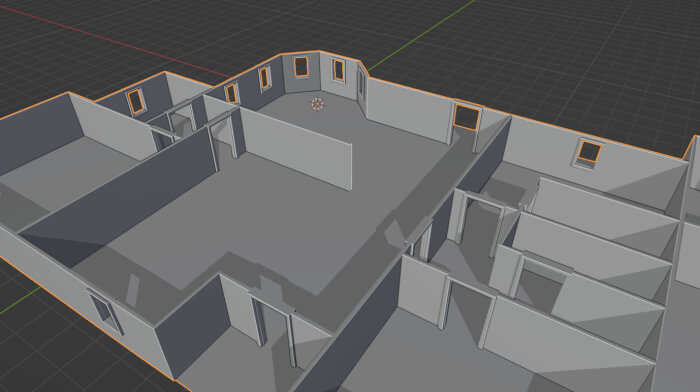

I think it will improve the modelling with booleans. Right now, when you do a hole in a wall with booleans the result mesh is always a mess (rhyme 😉 )
Having N-gons will be good news, but maybe is not an essential feature…
I believe the “behind the scenes” changes that B-Mesh introduces will be far more interesting (for other features) than ‘simple’ support for n-gons. Which is a very nice feature itself of course.
Anybody who tried to do complex mesh operations in Blender will love this. 😀
Helpful information. I am fairly new to Blender, but very excited about it.
bmesh will affect organic modeling more than architectural modeling. one will be able to change topology on the fly without extra deletion of vertices. thanks Allan for showcasing newer blender functionality.